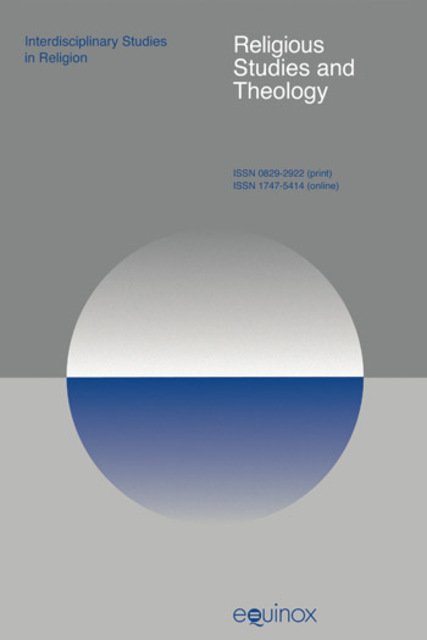Surveillance in a New Religious Movement: Scientology as a Case Study

Raine, S. (2009). Surveillance in a New Religious Movement: Scientology as a Case Study. Religious Studies and Theology, 28(1), 63–94. https://doi.org/10.1558/rsth.v28i1.63
Full description
Contemporary discourse on surveillance tends not to account for the types of surveillance and security measures that both traditional and alternative religions adopt. Certainly, many religions have for centuries recorded, and thus, monitored, the lives of their followers. English parish records noting lives, baptisms, deaths and so forth is one such example originating in the sixteenth century. When one thinks of contemporary surveillance, however, more sophisticated strategies involving new technologies typically comes to mind. This article offers an examination of the numerous traditional and newer surveillance techniques of one particular new religious movement Scientology. This movement employs a variety of stratagems in order to preserve a high level of secrecy regarding both its central doctrines and some of its activities. This article suggests that Scientology’s surveillance methods are driven not only by the group’s desire to protect its interests, but also by the quest for control (and hence, for power) that the group’s founder, L. Ron Hubbard, sought throughout his life and left as an institutional legacy after his death.
- typeImage
- created on
- file formatjpeg
- file size31 KB
- container titleReligious Studies & Theology
- creatorSusan Raine
- issnISSN: 1747-5414 (online)
- issue28.1
- publisherEquinox Publishing Ltd.
- publisher placeSheffield, United Kingdom
- rightsEquinox Publishing Ltd.
- doi
We use cookies to analyze our traffic. Please decide if you are willing to accept cookies from our website. You can change this setting anytime in Privacy Settings.
